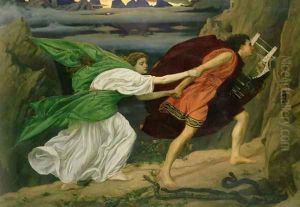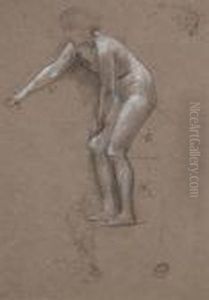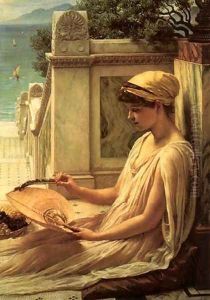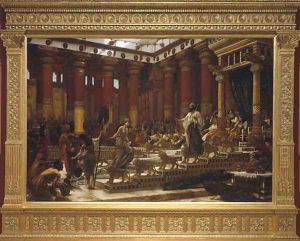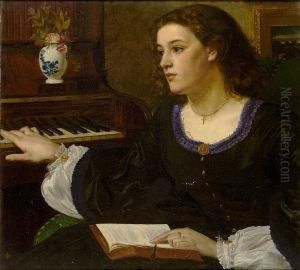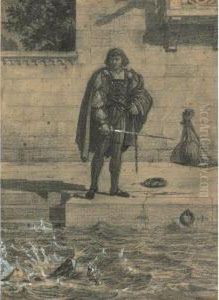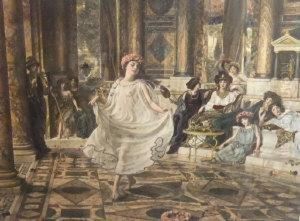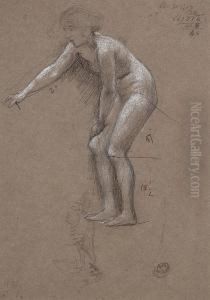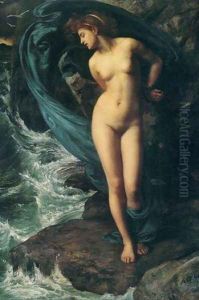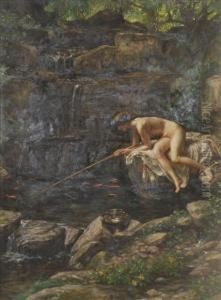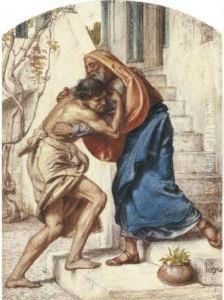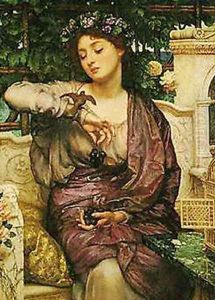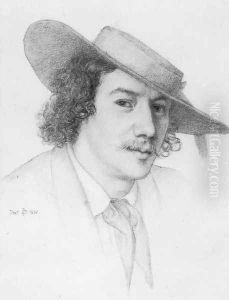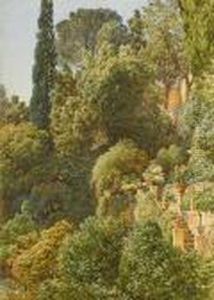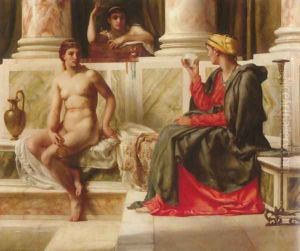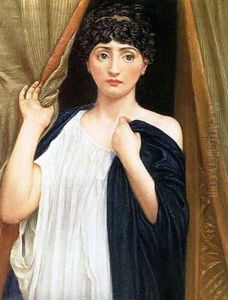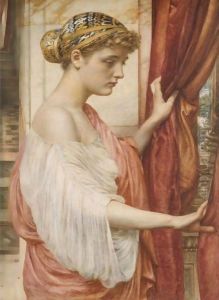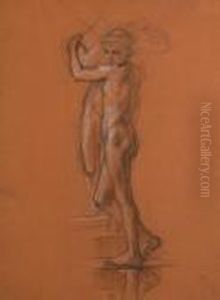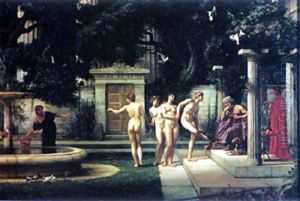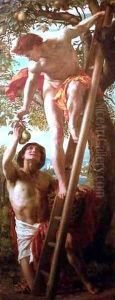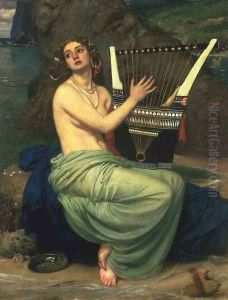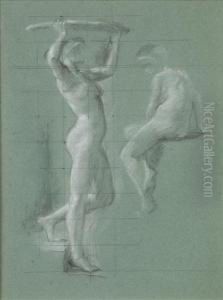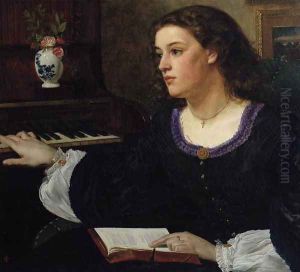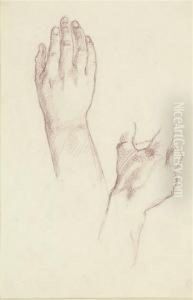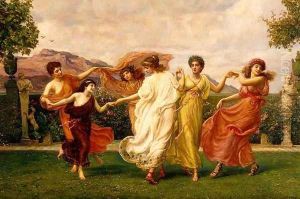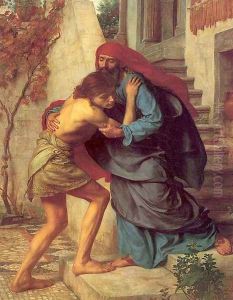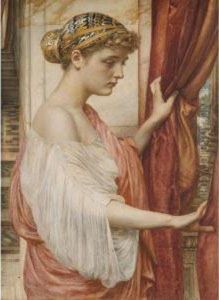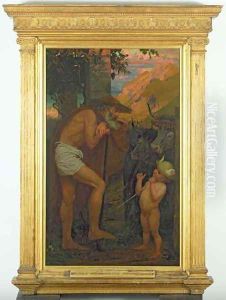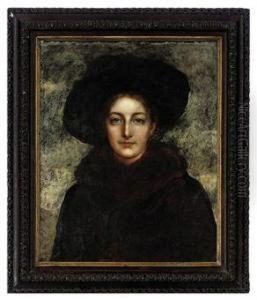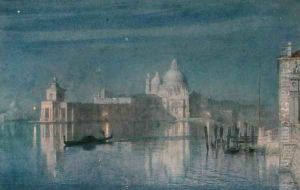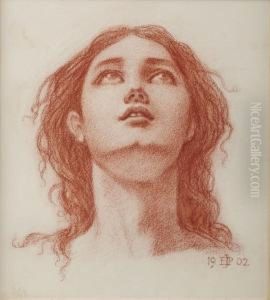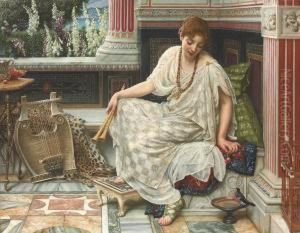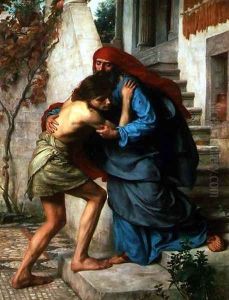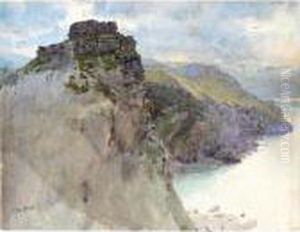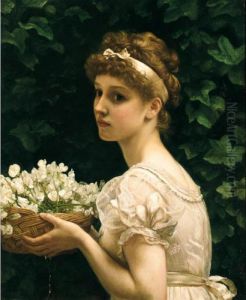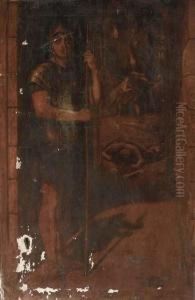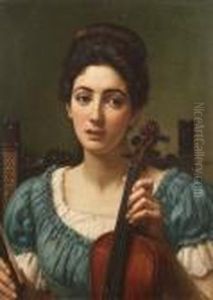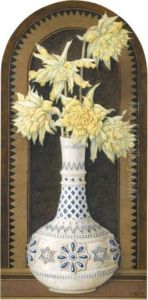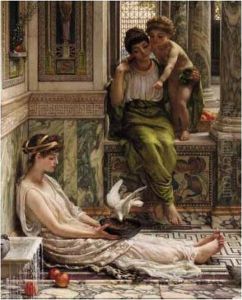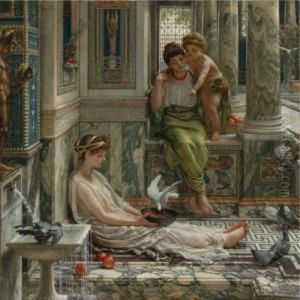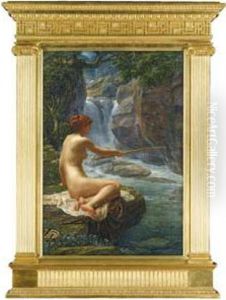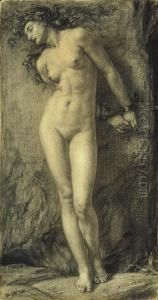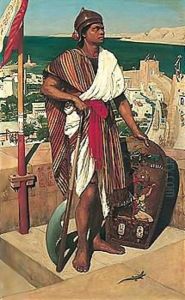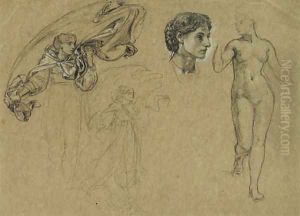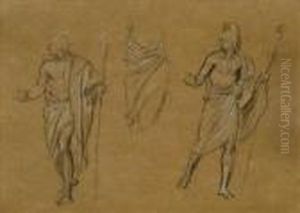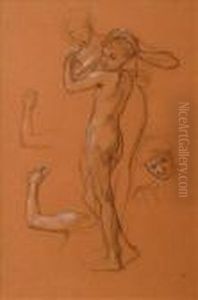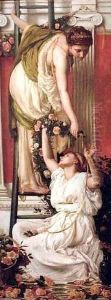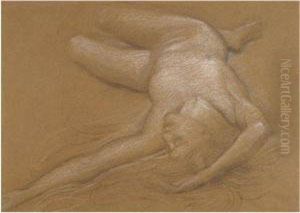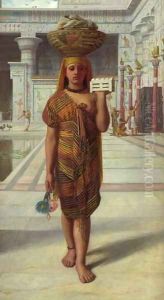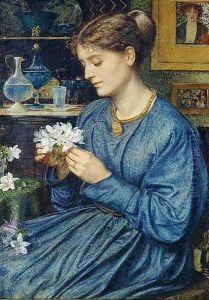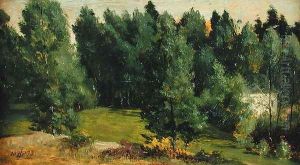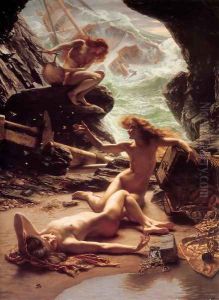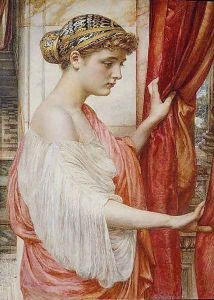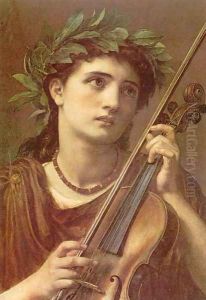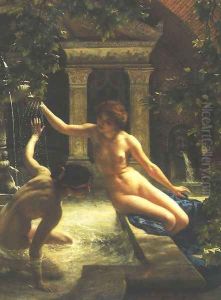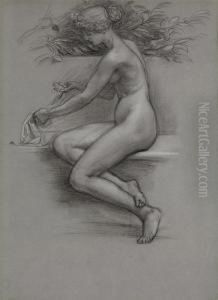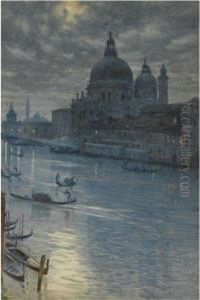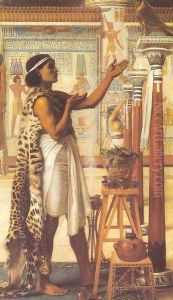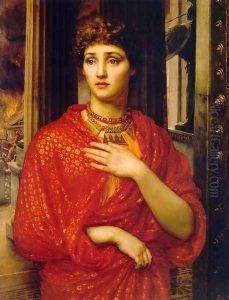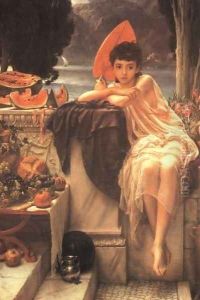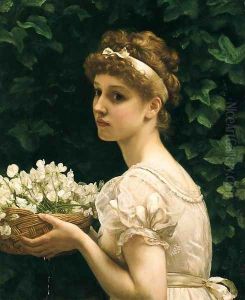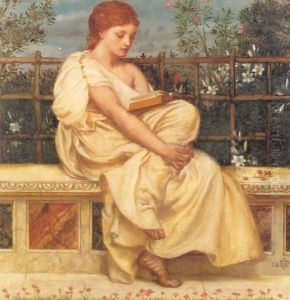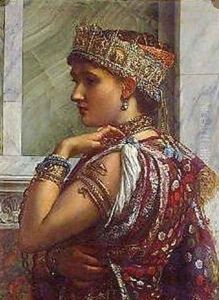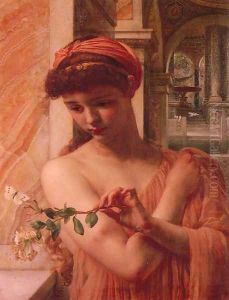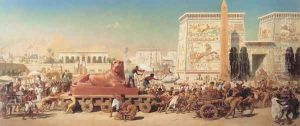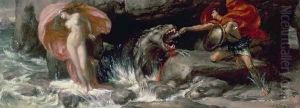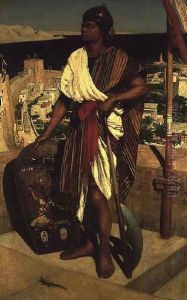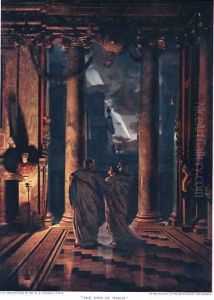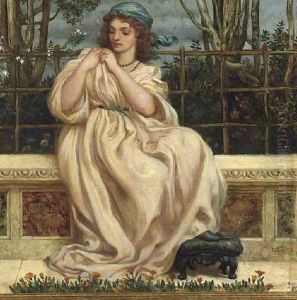Sir Edward John Poynter Paintings
Sir Edward John Poynter was a British painter, designer, and draughtsman who became a prominent figure in the Victorian art world. Poynter was born on March 20, 1836, in Paris, France, where his father, Ambrose Poynter, was an architect. Despite being born in France, Poynter was British and spent most of his career in the United Kingdom.
Poynter was educated in England, initially at Westminster School, and later he attended Ipswich School. He displayed an early talent for art and went on to study at Leigh's art school, where he was influenced by the Pre-Raphaelite movement. Desiring further education, he traveled to Italy to study the works of the Old Masters and subsequently attended the École des Beaux-Arts in Paris, where he was taught by the French history painter Charles Gleyre.
Throughout his career, Poynter was known for his historical and mythological paintings, which were characterized by their classical subject matter and meticulous attention to detail. His style was influenced by classical art and the work of the Italian Renaissance, which is evident in paintings such as 'Israel in Egypt' (1867), depicting the biblical story of the Exodus, and 'The Visit of the Queen of Sheba to King Solomon' (1890).
Poynter also contributed significantly to the world of art education. He served as the Director of the National Gallery, London, and was the President of the Royal Academy of Arts from 1896 to 1918. His tenure at these institutions was marked by efforts to modernize and expand the collections and facilities.
In addition to his painting and educational roles, Poynter was involved in various design projects, including his work for the mosaics at the Houses of Parliament and his designs for the Royal Mint.
Sir Edward John Poynter's influence extended beyond his own artworks and design projects. He was a key figure in the transition from the academic traditions of the mid-19th century to the varied art movements that emerged towards the end of the Victorian era. His legacy includes not only his contributions to painting and design but also his impact on the institutions that continue to shape British art today.
Poynter was knighted in 1896 for his contributions to art and was made a baronet in 1902. He passed away on July 26, 1919, leaving behind a substantial body of work that continues to be studied and admired for its embodiment of Victorian ideals and its technical excellence.
